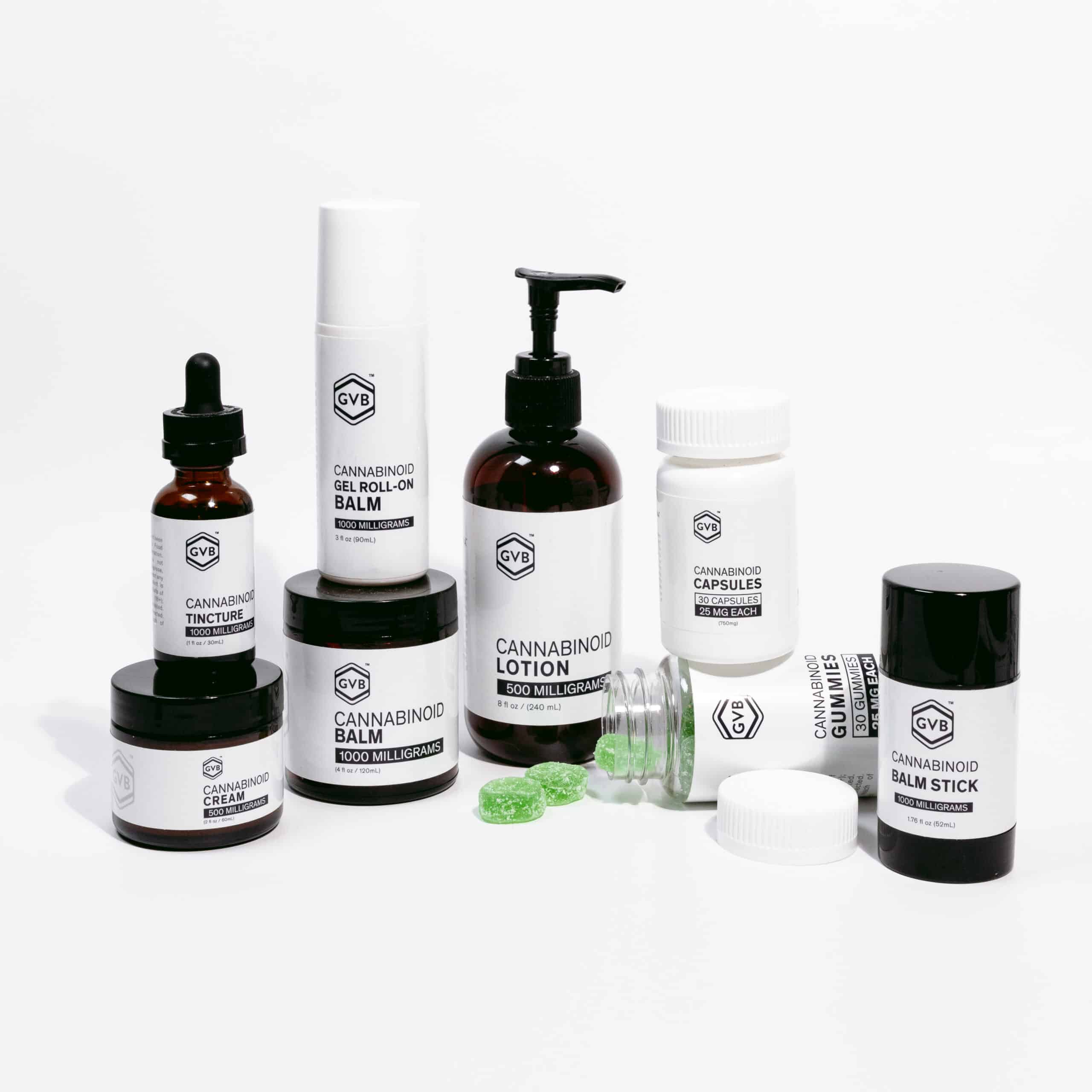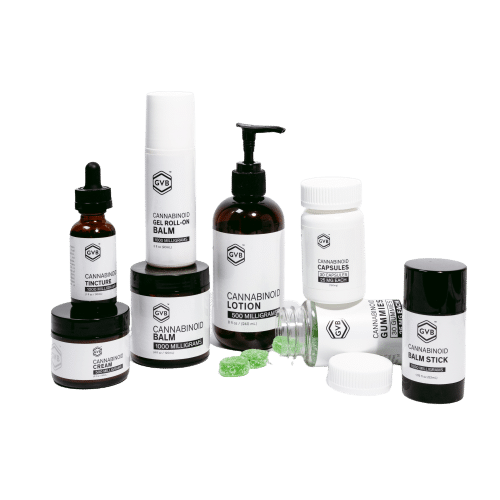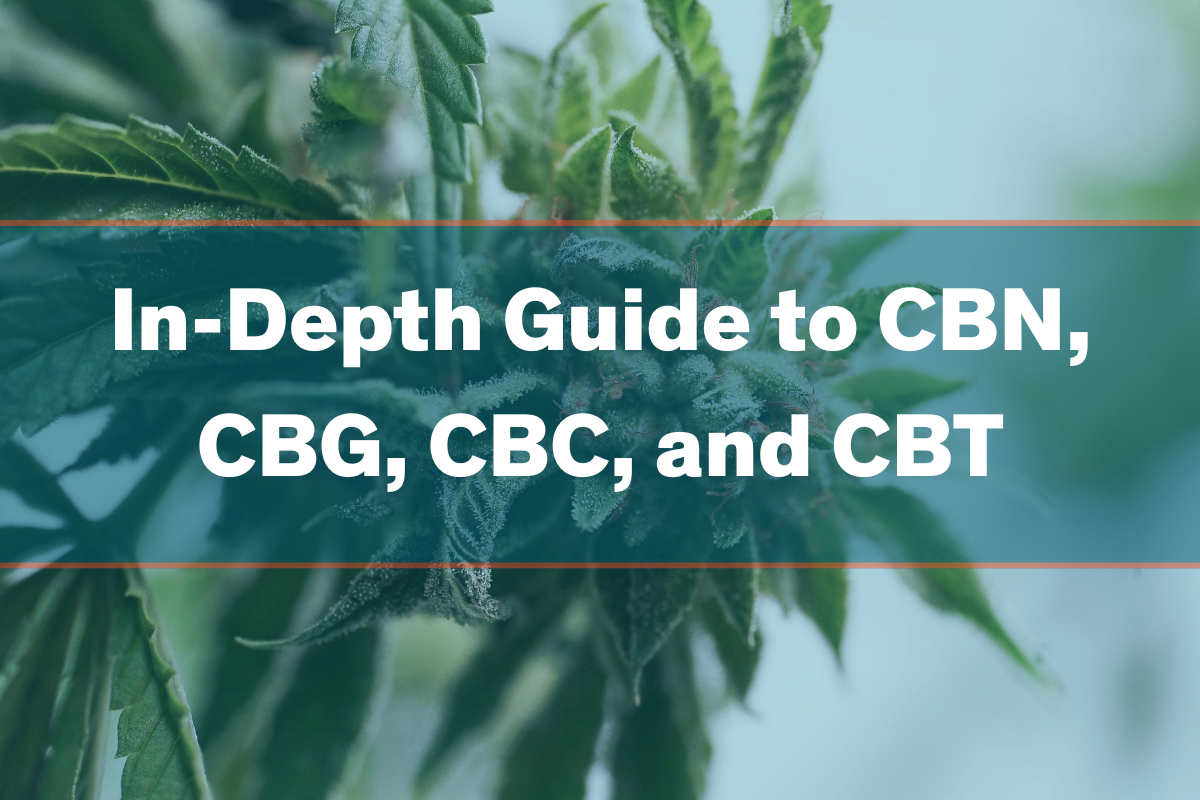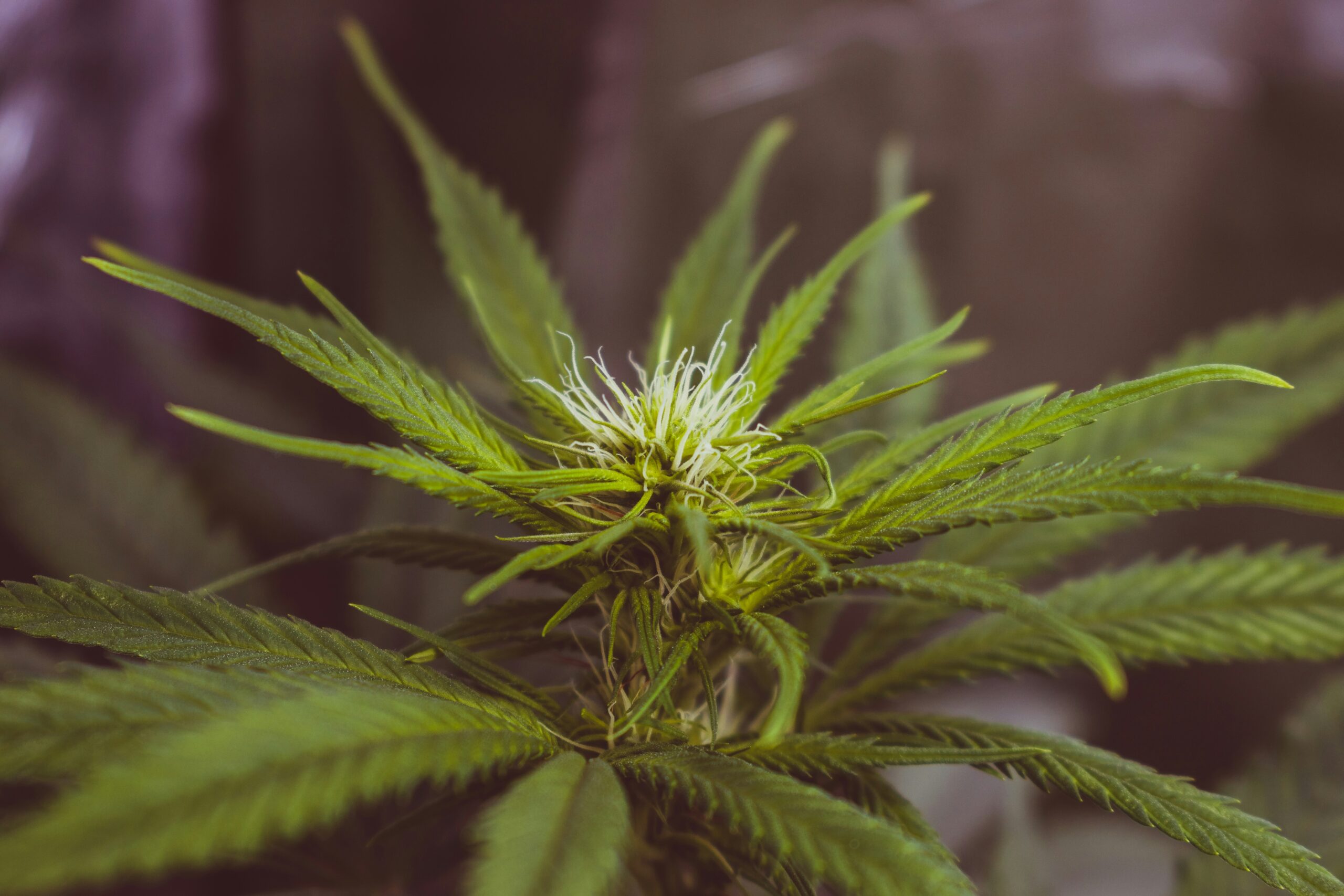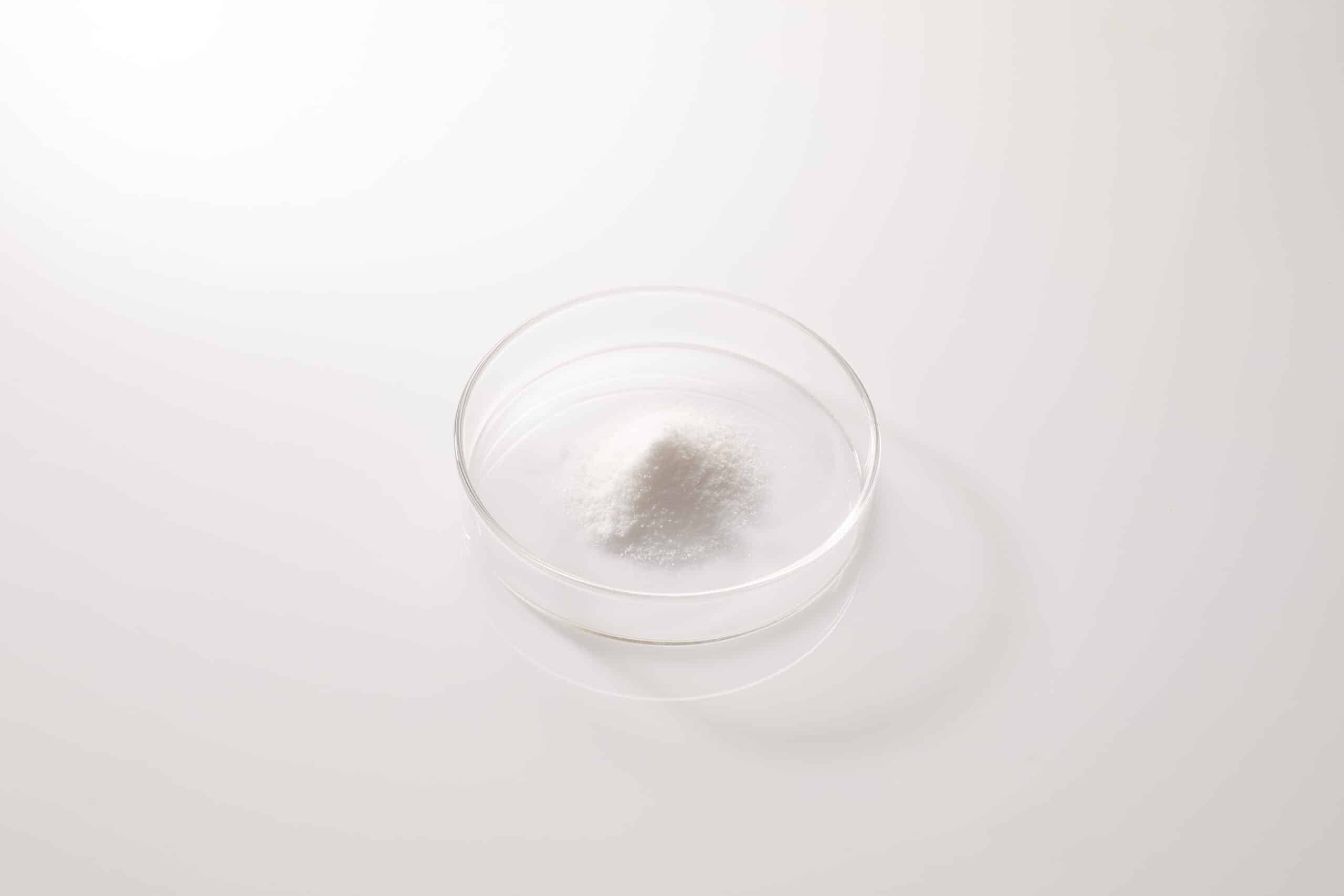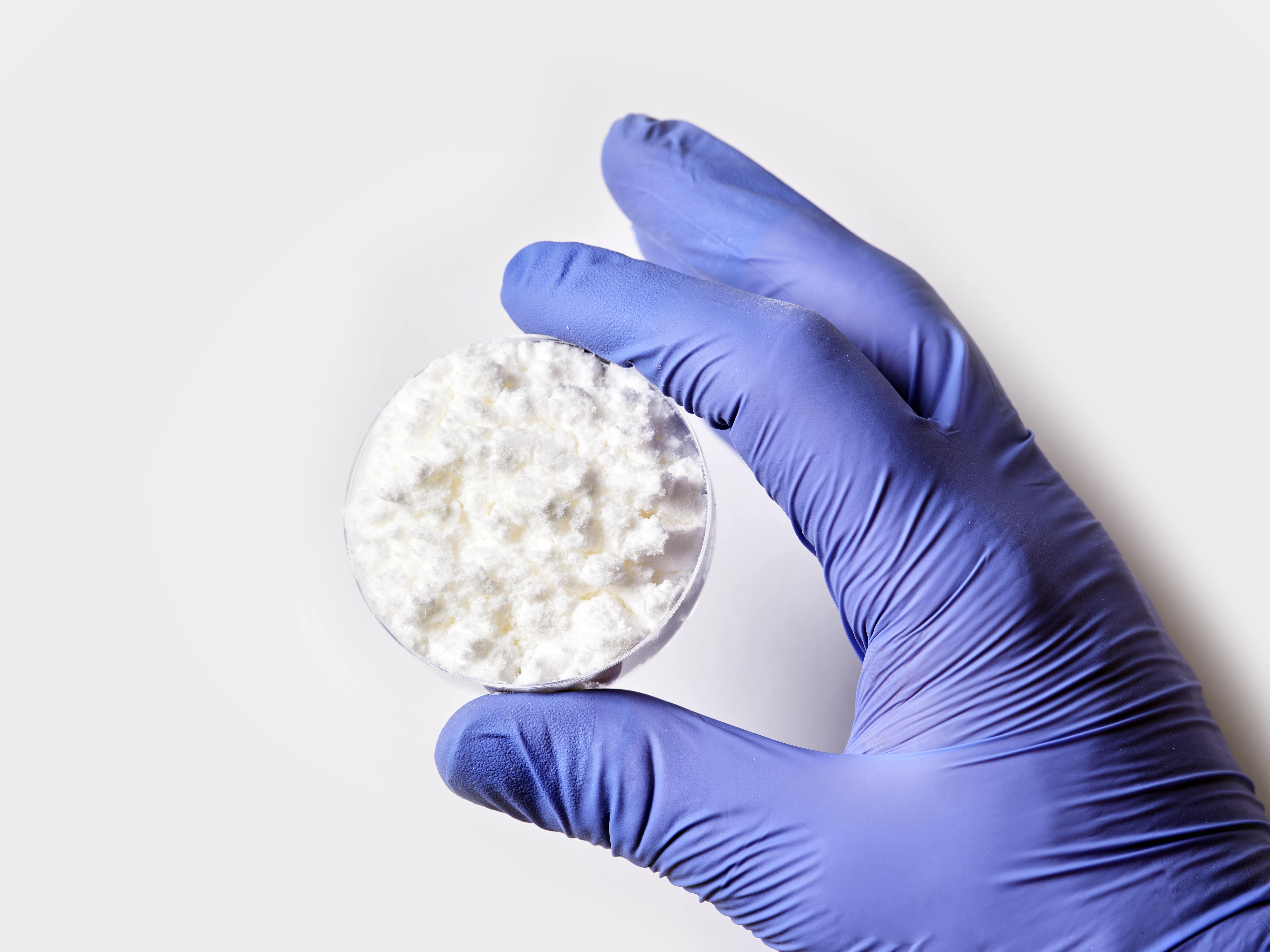The compliant cannabinoid industry is undergoing unprecedented change. Not only is CBD not the only non-intoxicating cannabinoid on the block anymore, but the massive shift to online sales is rewarding certain types of CBD products and reducing the emphasis on others.
To learn how to position yourself in the changing cannabinoid economy, you’ll need to study recent market trends and put together a dynamic branded product portfolio that caters to the times. Leveraging the latest report from acclaimed cannabis market analytics firm Brightfield Group, learn which CBD, CBG, and CBN products are currently the most popular, and discover how to build a brand that will stand the test of time.
2025 Updates: Regulatory Shifts & Market Expansion
2023 Farm Bill Revisions (Effective 2024–2025)
The updated Farm Bill included more precise definitions for hemp-derived products and introduced clearer caps on permissible THC levels for extraction and end-consumer products (especially focusing on Delta-8 and Delta-10 THC).
Some states have enacted or tightened bans/restrictions on certain hemp-derived psychoactive cannabinoids (e.g., Delta-8 THC, THC-O) prompting manufacturers to adopt more transparent labeling, product testing, and compliance strategies.
FDA & Consumer Product Guidelines
In late 2024, the FDA provided additional guidelines for CBD-infused dietary supplements, which included stricter labeling, recommended serving sizes, and safety warnings. This has led many reputable brands to focus on compliance and third-party certifications (e.g., cGMP, ISO) to build trust with retailers and consumers.
Topical CBD products are generally still considered over-the-counter wellness items, with new guidance focusing on “structure/function” claims (i.e., can’t claim to treat, cure, or prevent disease).
Global Market Opportunities
Countries across Europe and parts of Latin America have clarified regulations around both CBD and other cannabinoids, opening doors for exports of American hemp products. Brands that invested in GMP-compliant processing have expanded internationally, especially for CBD isolate, water-soluble formulations, and minor cannabinoids.
Consumer Trends & Product Categories
Continued Popularity of Delta-8 THC (But With Caveats)
Delta-8 THC remains a mainstream option for consumers seeking a milder psychoactive effect than Delta-9. However, with regulatory crackdowns and new testing requirements, many reputable manufacturers have switched to fully transparent, lab-verified formulations that outline precise cannabinoid contents and potential contaminants.
Some states have restricted sales to licensed dispensaries, leading to a surge of “compliant Delta-8 THC” or “full-panel tested” products in regulated markets.
Rise of Minor Cannabinoids (CBG, CBN, CBC, THCV)
– CBG (Cannabigerol): Known for potential focus-enhancing and anti-inflammatory properties, CBG has moved beyond niche status into more mainstream wellness products, such as daily capsules and energy-boosting beverages.
– CBN (Cannabinol): Widely marketed for relaxation and sleep support, CBN-infused gummies and tinctures have become a go-to for nighttime routines.
– CBC (Cannabichromene): Though still relatively niche, CBC is gaining attention in combination tinctures/formulas aimed at mood enhancement and general wellness.
– THCV (Tetrahydrocannabivarin): Research continues around THCV’s potential to support metabolic health and appetite management. Brands have started launching specialized “slim” or “diet” formulations containing THCV, though these claims remain cautiously optimistic and largely anecdotal.
Custom Formulations & Blends
Manufacturers increasingly offer “functional” blends combining cannabinoids, terpenes, and other botanicals (e.g., ashwagandha, melatonin, vitamins) to target specific outcomes—sleep, stress relief, focus, or mood support.
Water-soluble and nanoemulsion technologies have become more commonplace, leading to better absorption profiles and more consistent consumer experiences.
New Research Findings
Clinical Trials on CBD for Anxiety & Sleep
Ongoing small-scale human clinical trials suggest that consistent, daily CBD use may help with certain forms of chronic anxiety and mild insomnia. Studies published in late 2023 and early 2024 reported generally positive outcomes, though larger-scale trials are still needed for FDA-approved treatments.
The updated research reinforced that efficacy can vary significantly by dose, so a “one-size-fits-all” approach to CBD is still not recommended.
THCV for Metabolic Support
Several preliminary clinical and preclinical studies investigating THCV’s potential in managing obesity and type 2 diabetes have shown some promise, though the results are not yet conclusive. This has spurred significant interest in THCV among nutraceutical brands.
Researchers emphasize that THCV is not a “magic bullet,” and that further study is required to confirm efficacy, appropriate dosages, and long-term safety.
Delta-8 & Novel Cannabinoids
More scientific scrutiny is being directed at semi-synthetic and synthetic cannabinoids (e.g., HHC, THC-O). Recent papers published in 2024 raised safety questions about unregulated production methods.
Regulatory bodies continue to call for robust testing and manufacturing guidelines to prevent contamination with heavy metals, residual solvents, or unexpected byproducts, which is why it’s imperative to work with a world-class producer.
Technology & Innovation
Advanced Extraction & Isolation Methods
Ultrasonic extraction and chromatography have improved, reducing production costs for minor cannabinoids. This has driven down prices and increased availability of specialized extracts.
Some companies have begun to leverage CRISPR and other genetic engineering tools to produce yeast- and algae-derived cannabinoids, potentially reducing reliance on large hemp grows and offering more consistent cannabinoid profiles.
Next-Gen Product Formats
– Cannabinoid Inhalers: Companies are experimenting with inhaler-like devices that deliver controlled doses of CBD or balanced THC/CBD ratios without the need for combustion or vaping.
– Effervescent Tablets & Sublingual Strips: These water-soluble formats aim to provide faster onset and improved bioavailability for both CBD and minor cannabinoids, addressing consumer demand for precision dosing.
Sustainability & Ethical Sourcing
Regenerative Hemp Farming
Sustainability has become a key selling point: More hemp cultivators are adopting regenerative agriculture practices (crop rotation, organic amendments, no-till farming) to improve soil health and carbon sequestration. Brands increasingly highlight “farm-to-shelf” transparency, detailing where and how their hemp is grown, extracted, and tested.
Ethical & Social Responsibility
As consumer awareness grows, brands that implement fair labor practices, community support initiatives, and sustainable packaging solutions often stand out in a crowded market. Some companies have begun carbon-offset programs and use blockchain tracking to verify the supply chain’s ethical and environmental claims.
Looking Ahead into 2025 and Beyond
Despite legal hurdles and scientific unknowns, the 2025 cannabinoid industry is more sophisticated, regulated, and data-driven than ever. Consumer preferences continue to expand beyond just CBD, with more nuanced interest in rare cannabinoids and comprehensive, blended formulations. Transparency, rigorous testing, and sustainability will likely remain key themes driving consumer trust and industry innovation.
The Key Takeaways Going Into 2025
1. Regulatory Clarity: Clearer rules are shaping a safer, more transparent marketplace—but also creating hurdles for companies pushing the boundaries with novel cannabinoids.
2. Advanced Research: Preliminary clinical studies on cannabinoids like CBG, CBN, THCV, and Delta-8 are shedding light on efficacy and safety, but more robust data is still needed.
3. Product Differentiation: Blended formulations with terpenes, vitamins, adaptogens, and minor cannabinoids are becoming popular, targeting specific consumer needs (e.g., sleep, stress, metabolism).
4. Sustainability & Ethics: Companies that adopt regenerative farming, transparent supply chains, and eco-friendly packaging are increasingly appealing to values-driven customers.
5. Global Opportunities: International markets are opening up, provided companies meet stringent quality and compliance demands—particularly important for European and Latin American exports.
Overall, the cannabinoid landscape has grown more complex and science-based since 2023, with an ever-expanding suite of product offerings and an emphasis on responsible, transparent industry practices.
GVB Insights from 2023
1. COVID-19 has changed things
COVID-19 has initiated an unprecedented boom in CBD eCommerce. Lockdowns closed physical stores or deterred in-person shoppers, leading the online CBD market to surge.
According to the Brightfield Group report, nearly 45% of consumers had shifted their CBD purchases online as of June 2020. While new data has not yet been released, it’s likely that this percentage is now considerably higher.
As a result, cannabinoid brands that position themselves to be online-facing will continue to thrive. Since the online crowd is generally younger, brands must also reformulate their target audiences to hit the market’s current sweet spot.
2. CBD consumer culture has shifted
As CBD has become more popular with a younger crowd of consumers, product types that traditionally tied down the market have lost some degree of relevance, according to the Brightfield Group report. Additionally, isolate and full-spectrum cannabinoid extracts have been forced to make room for broad-spectrum CBD, which incorporates the full benefits of minor cannabinoids without containing detectable concentrations of THC. Taking these market shifts into account will help you build a non-intoxicating cannabinoid brand that’s relevant for 2022, 2023, and 2024, not just 2021.
3. Tinctures have slowed but remain strong
Popular among Baby Boomers and Gen Xers, tinctures have taken a major hit as the CBD economy has become increasingly online-centered. That’s not to say tinctures are suddenly unpopular—far from it. According to Brightfield Group, tinctures still have a projected growth rate of 19% per year over the next five years.
The CBD market overall, however, is expected to grow at a rate of 29% per year between now and 2025, showing that tinctures have slackened by around 33% compared to the overall market. Tinctures remain a cornerstone, but focusing solely on them or targeting younger audiences overlooks other product favorites.
4. Gummies and other edibles are on the rise
Compliant cannabinoid edibles are quickly gaining popularity and should be a staple to any cannabinoid product line. Accessible and remarkably popular among all age groups, CBD gummies are growing at a rate of 41% per year, says Brightfield Group. Other types of edibles are growing at a similar rate, denoting a sea change in the hemp industry.
While gummies have been around for years, these convenient edibles have suddenly caught on like wildfire. Successful CBD gummies are often positioned similarly to gummy multivitamins, leveraging additional ingredients that provide unique effects. Gummies’ high customizability lets brands easily craft diverse products that outshine competitors.
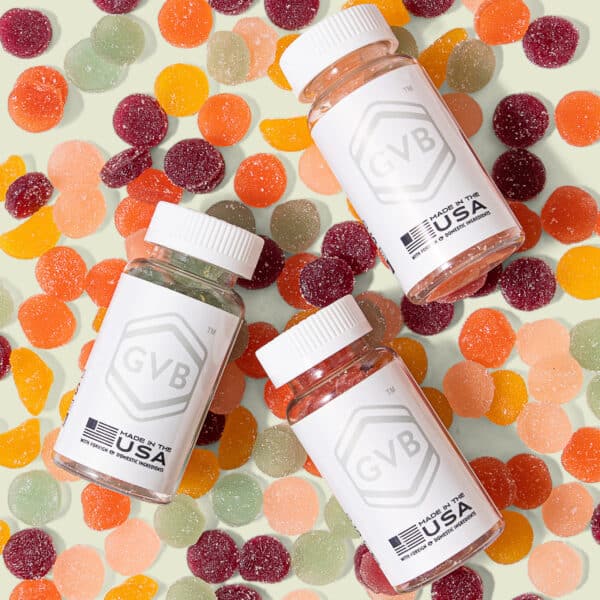
5. Softgels remain a mainstay
Tinctures may have taken a hit recently, but softgels will continue taking a central role in the compliant cannabinoid industry for years to come. Also called liquid capsules or gel caps, softgels are familiar to anyone who has ever taken a multivitamin, making these cannabinoid products highly accessible.
Often paired with vitamin C, ginkgo biloba, and other natural substances with nutritional or therapeutic value, lab-tested capsules especially appeal to an older crowd that’s skeptical of tinctures. High-profile retail partnerships will drive a 26% annual growth in CBD softgels over the next five years.
6. Topicals are popular for location-specific relief
According to Brightfield Group, compliant cannabinoid topicals are expanding in two unique and equally important ways. First, CBD topicals oriented toward location-specific relief continue to become more popular among older individuals with painful conditions, and cannabinoid skincare products are catching on among Millennials hooked into social media.
Not used orally and often available in tester sizes, topicals are more accessible to consumers who are in pain but skeptical about taking CBD orally due to fears of a THC “high” or medication interactions. The benefits of CBD topicals for location-specific relief have also recently been echoed by prominent athletes, helping these types of compliant cannabinoid products become more mainstream.
7. Skincare and beauty appeal to the Instagram crowd
At the same time that CBD topicals remain steady among older generations, CBD skincare products are trending on Instagram. Increasingly preoccupied with self-care and commonly socially isolated due to COVID-19, younger people are turning to CBD lotions, serums, lip balms, and even bath bombs as they search for social media tips and tricks that will help them look better and feel better.
Influencers and celebrities promote CBD skincare, projected to occupy 5% of the CBD market by 2025 (Brightfield Group). Brands that aren’t afraid to get their hands dirty with social media marketing have a lot to gain from this emerging sector of the compliant cannabinoid economy.
8. Minor cannabinoids are attracting attention
Let’s move beyond product types and highlight a largely under-the-radar phenomenon. Throughout this piece, you’ll notice that we’ve frequently used the phrase “compliant cannabinoids.” That’s because CBD isn’t alone anymore—and consumers are taking note.
Over the last year or so, two additional non-intoxicating cannabinoids have risen to the forefront: cannabigerol (CBG) and cannabinol (CBN). While similar to CBD in that they don’t cause intoxication, these cannabinoids each have unique properties.
Due to research into the potential antimicrobial properties of CBG, for instance, this cannabinoid will likely soon take off in acne remedy circles, and CBN is being added to capsules and tinctures due to its perceived sleep-promoting effects. Forward-looking brands should add these compliant cannabinoids alongside CBD to diversify and future-proof their offerings.
9. Innovation is always rewarded
Despite all the pointers we’ve given, there isn’t one right way to launch a cannabinoid brand. What’s important is crafting a method of making your brand stand out from the competition.
Maybe you build an Instagram-centered skincare brand that combines CBG and CBD. Perhaps you’ll launch a line of turmeric, spirulina, or theanine CBD gummies that also incorporate CBN. Choose a reputable manufacturing partner and develop a marketing plan to establish your brand as an industry icon.
Cannabinoid product sales FAQs
What are the most profitable CBD products?
Tinctures and gummies have long led CBD product sales by sheer volume. Some CBD products, however, such as topicals, offer higher margins since they consist of complex, laser-targeted formulas. In the complex CBD market, profitability hinges on making products look unique and appealing to customers.
What is the most popular use of CBD?
The most popular use of CBD used to be fighting pain, but recently, simple relaxation has become the most common reason people use CBD. CBD is relaxing, and relatively few experience chronic pain daily.
What are the best CBD products for anxiety?
Anxiety-prone shoppers praise tinctures for quick sublingual absorption and gummies for tasty, convenient relief anytime. CBD users generally don’t try topicals for anxiety since these products lack body-wide effects.
What is the best CBD oil overall?
For superior CBD oil, choose professionally crafted, certified organic hemp processed in a state-of-the-art laboratory. CBD producers that can muster this level of gravitas are few and far between — choose wisely.

